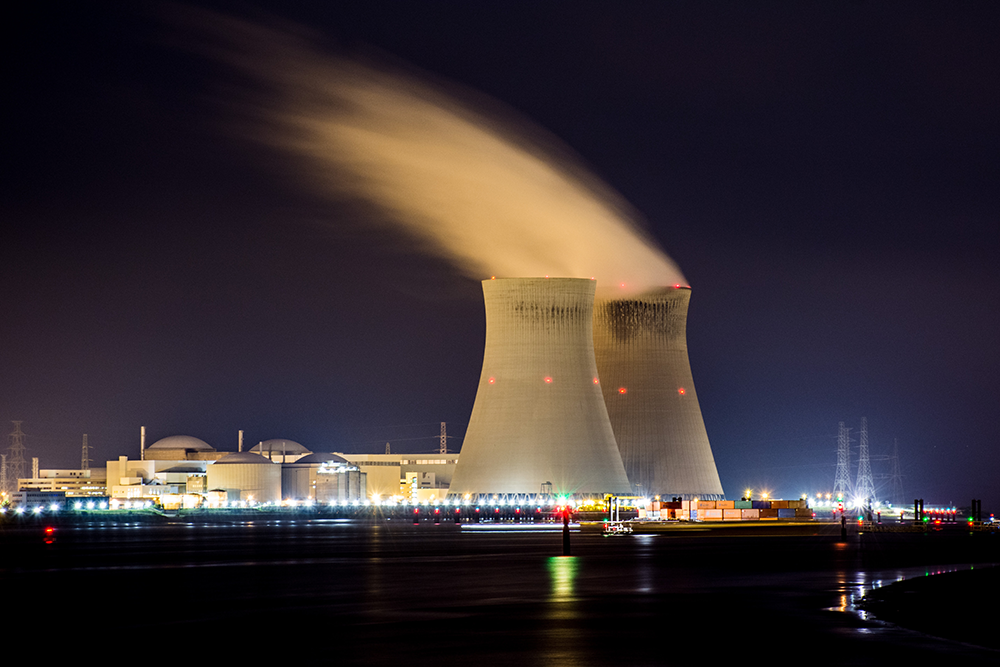Invention Reference Number

Current fuel used in nuclear light water reactors that generate energy for the grid use a solid form of uranium that is heated and processed to form pellets. The fission reactions they make when burned generate a large amount of heat, but uranium oxide is a very poor heat conductor. So reactors must be cooled by a constant flow of water and power that can never be disrupted. This technology proposes to mix UO2 with a liquid metal that conducts heat more efficiently. This fuel would form the basis of a new reactor design that does not require constant, uninterrupted cooling, resulting in a simpler and potentially safer nuclear reactor.
Description
This technology proposes a new type of nuclear fuel as a basis for designing a new type of nuclear reactor that would be simpler and potentially safer than current technology. Current nuclear reactor fuel technology uses sintered uranium dioxide (UO2) pellets that are fissioned to create energy. But UO2 is a poor heat conductor, and reactors must be cooled by constant flow of cooling water. This technology would use a fuel of unsintered UO2 particles suspended in a liquid metal, either a Bi-Pb-Sn or a Pb-Sn alloy. Reducing the uranium size from pellets to particles improves heat conductivity and reduces temperatures of the fuel so the reactor would not require constant cooling. Reactors using this fuel would require fewer safety systems than conventional light water reactors. A model of such a reactor is proposed as well.
Applications and Industries
- Electric utilities using nuclear reactors to produce energy
- Medical isotope production
- Any industry that makes use of nuclear reactors
Benefits
- Safer, simpler nuclear reactors than what exist today
- Requires no new structural materials
- Constant cooling not required
- More efficient and cost-competitive nuclear power


